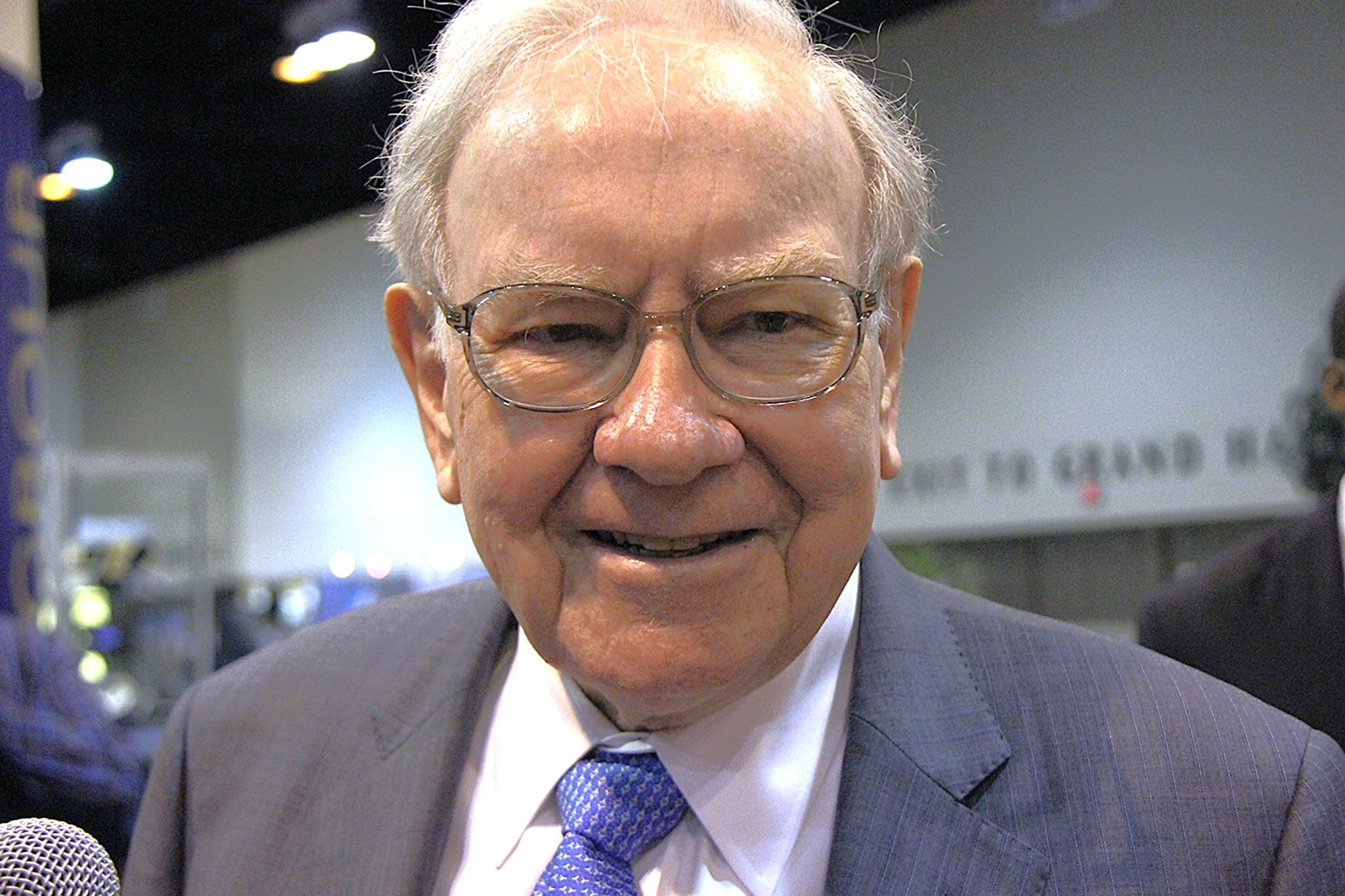The Vanguard S&P 500 ETF (VOO 0.30%) is the most widely held exchange-traded fund (ETF) on the trading platform Robinhood. In fact, it ranks as the sixth most popular equity investment of any kind among the company's customers, who tend to be younger adults comfortable with risk.
However, the Vanguard S&P 500 ETF in my estimation is not a risky place to put money, at least not for patient investors comfortable holding the fund for several years. Tom Lee at Fundstrat Global Advisors expects the S&P 500 (^GSPC 0.33%) to hit 15,000 by 2030, implying 138% upside from its current level of 6,297.
Importantly, Lee's prediction implies equivalent upside in the Vanguard S&P 500 ETF. Here's what investors should know.

Image source: Getty Images.
The Vanguard S&P 500 ETF provides exposure to hundreds of U.S. stocks
The Vanguard S&P 500 ETF tracks 500 large U.S. companies. It includes value stocks and growth stocks from all 11 market sectors, comprising more than 80% of domestic equities by market value. However, the index fund is most heavily weighted toward the technology sector. Following are the top 10 holdings listed by weight.
- Nvidia: 7.3%.
- Microsoft: 7%.
- Apple: 5.8%.
- Amazon: 3.9%.
- Alphabet: 3.5%.
- Meta Platforms: 3%.
- Broadcom: 2.4%.
- Berkshire Hathaway: 1.6%.
- Tesla: 1.6%.
- JPMorgan Chase: 1.5%.
Excluding dividends, the S&P 500 increased 95% over the past five years, compounding at 14.3% annually. Tom Lee's prediction implies even bigger gains in the next five-plus years. The S&P 500 would need to return more than 17% annually to reach 15,000 by the end of the decade.

NYSEMKT: VOO
Key Data Points
Why Tom Lee thinks the S&P 500 can reach 15,000 by 2030
Tom Lee thinks artificial intelligence (AI) and the millennial generation will help the S&P 500 reach 15,000 by 2030. As mentioned, the index is heavily weighted toward the technology sector, and technology stocks are well positioned to benefit from demand for AI hardware, software, and services.
That is particularly true because the global labor shortage is forecast to reach 80 million workers by 2030. Over 40% of S&P 500 companies discussed AI during first-quarter earnings calls. And as more companies turn to automation, history says technology stocks could deliver huge returns, carrying the S&P 500 higher.
Lee explains:
Between 1948 and 1967 there was a global labor shortage and technology stocks went parabolic. And between 1991 and 1999 there was global labor shortage and technology stocks went parabolic. So this is what's happening today.
Meanwhile, millennials (born between 1981 and 1996) are the largest living generation. Lee says they are reshaping the economy with their preferences and are set to become the richest generation as they inherit an estimated $46 trillion in wealth from baby boomer parents. Millennial spending should boost the U.S. economy and push the S&P 500 to new heights in the years ahead.
I think Lee's prediction is a little too optimistic. The S&P 500 currently trades at 22.2 times forward earnings, an expensive valuation that has historically correlated with three-year returns of just 3% annually, according to Apollo Global Management. However, AI is a once-in-a-generation catalyst that, coupled with the rise of the millennial generation, should result in reasonably strong returns in the years ahead.
Here's the bottom line: Whether you think Lee is correct or not, S&P 500 index funds like the Vanguard S&P 500 ETF have historically been solid investments. The benchmark index has produced a positive return over every rolling 11-year period in the past three decades, meaning everyone who bought an S&P 500 index fund any time since 1995 made money, so long as they held the fund for at least 11 years.
To that end, I think it makes sense for investors to allocate a portion of their portfolios to an S&P 500 index fund. And the Vanguard S&P 500 ETF is a particularly good option given that is bears an expense ratio of 0.03%, meaning shareholders will pay just $3 per year on every $10,000 invested in the fund.





